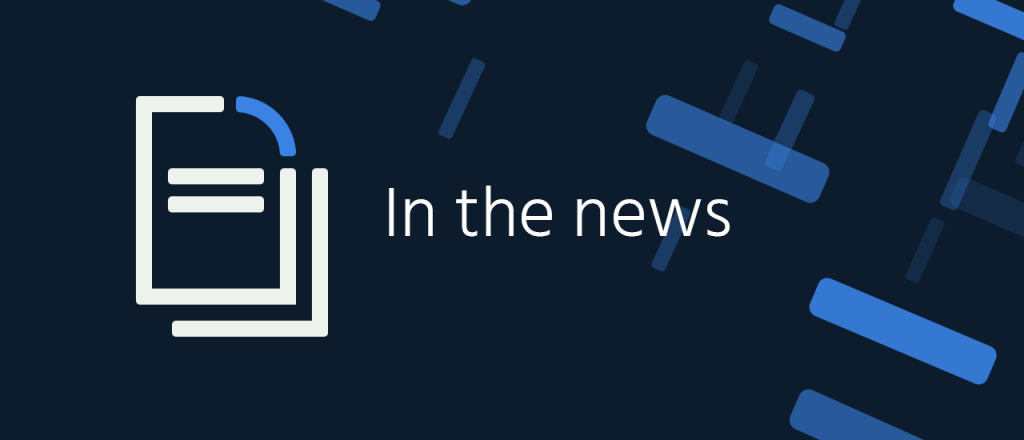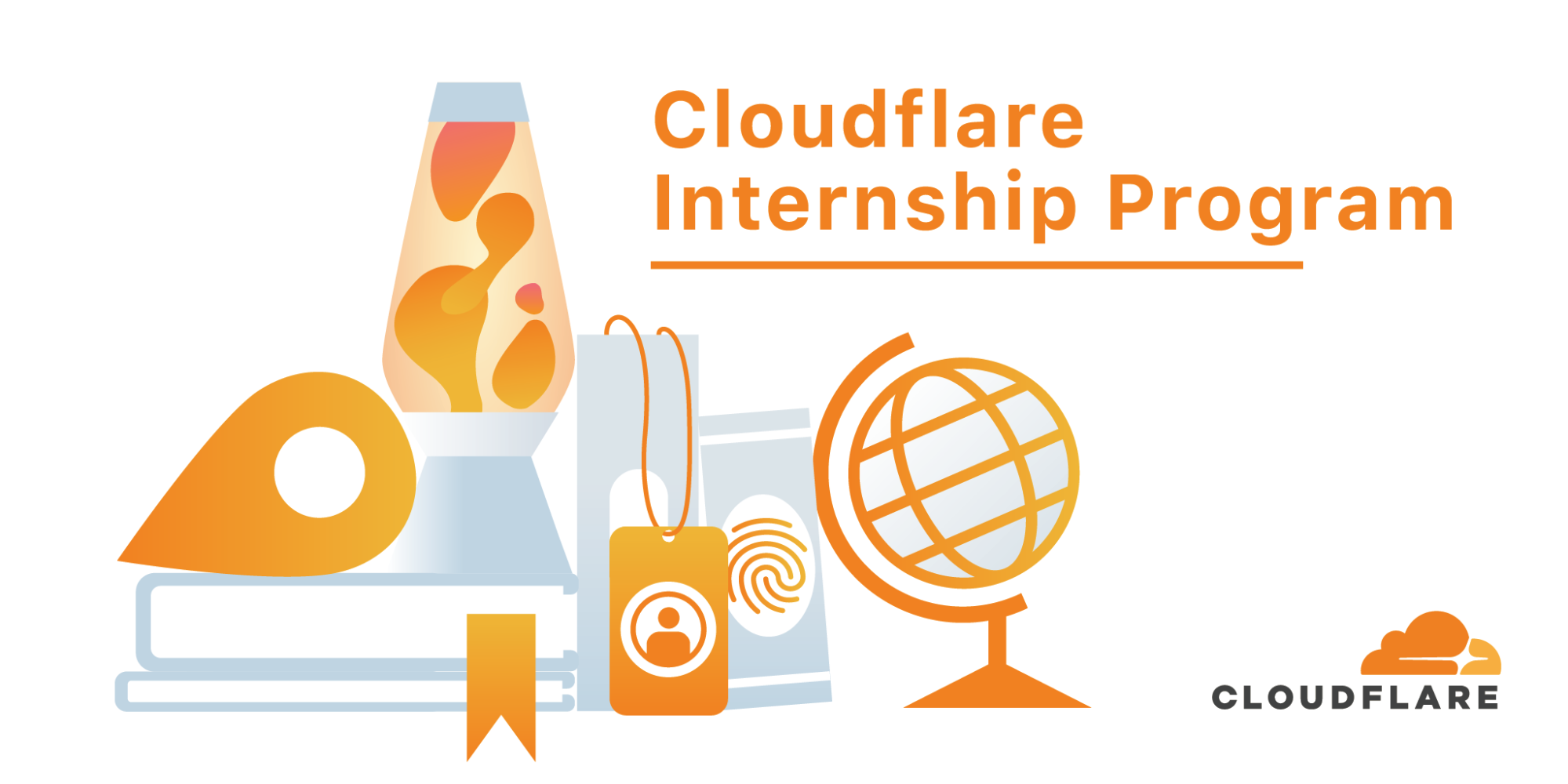The Week in Internet News: Google Threatens to Leave Australia

Google won’t pay for news: Google has threatened to end its search engine services in Australia over the government’s efforts there to require the company to pay news publishers for articles it links to, the BBC reports. The proposed Australian news code would require Google and Facebook to enter into mediated negotiations with publishers over the value of news content, if they don’t reach agreement first.
RIP, balloon-based Internet: Alphabet, Google’s parent company, is shutting down Loon, its attempt to deliver Internet service through balloons floating in the stratosphere, CNet reports. Alphabet says the business model doesn’t work, with the company unable to get costs low enough to offer services.
Judge rejects Parler: A U.S. judge has ruled that Amazon doesn’t have to reinstate Parler, the conservative Twitter competitor, after the company kicked it off its web hosing services this month, NPR reports. Amazon kicked out Parler after some members of the site threatened U.S. lawmakers and allegedly used the service to plan the 6 January attack on the U.S. Capitol. Parler has argued that Amazon’s decision threatens it with “extinction,” but the judge ruled that Amazon is under no obligation to “host the incendiary speech that Continue reading
New Docker Reporting Provides Teams with Tools for Higher Efficiency and Better Collaboration
Today, we are very excited to announce the release of Audit Log, a new capability that provides the administrators of Docker Team subscription accounts with a chronological report of their team activities. The Audit Log is an unbiased system of record, displaying all the status changes for Docker organizations, teams, repos and tags. As a tracking tool for all the team activities, it creates a central historical repository of actionable insights to diagnose incidents, provide a record of app lifecycle milestones and changes, and provides a view into events creating audit trails for regulatory compliance reviews. The Audit Log is available for Team subscription accounts, and at this point, is not included with Free or Pro subscriptions.
Some typical scenarios where Audit Log will play a key role include:
- When several team members are collaborating on delivering a project, Audit Log creates a list of activities that becomes a ‘source of truth’ to validate which tags got deleted and which tags got pushed into repos, when these activities happened and which team members triggered them.
- Audit Log provides knowledge base continuity, delivering information on projects completed earlier when new team members need to familiarize themselves with work done Continue reading
Tech Bytes: Doing Better Than ‘Good’ Or ‘Bad’ For UX Metrics (Sponsored)
On today's Tech Bytes podcast, sponsored by AppNeta, we talk about getting real-time monitoring in place so that you can clearly define your performance benchmarks, accurately measure them from the end-user perspective, and have a strategy to make sure those benchmarks are met. Our guests are John Tewfik, Director of Global Alliances; and Seth Differ, Senior Manager, Solutions Consulting.Tech Bytes: Doing Better Than ‘Good’ Or ‘Bad’ For UX Metrics (Sponsored)
On today's Tech Bytes podcast, sponsored by AppNeta, we talk about getting real-time monitoring in place so that you can clearly define your performance benchmarks, accurately measure them from the end-user perspective, and have a strategy to make sure those benchmarks are met. Our guests are John Tewfik, Director of Global Alliances; and Seth Differ, Senior Manager, Solutions Consulting.
The post Tech Bytes: Doing Better Than ‘Good’ Or ‘Bad’ For UX Metrics (Sponsored) appeared first on Packet Pushers.
Focus is a Virtue
The modern world craves our attention—but only in short bursts. To give your attention to any one thing for too long is failing, it seems, because you might miss out on something else of interest. We have entered the long tail of the attention economy, grounded in finding every smaller slices of time in which the user’s attention can be captured and used.
The problem is obvious for anyone with eyes to see. What is the solution? The good news is there are solutions. The bad news is these solutions are swimming upstream against the major commercial interests of our day, so it’s going to Continue reading
Sponsored Post: 3T, Bridgecrew, Toptal, IP2Location, Ipdata, StackHawk, InterviewCamp.io, Educative, Triplebyte, Stream, Fauna

Who's Hiring?
- Looking to rapidly hire Top Software Developers? Get Started with Toptal. Toptal will match you with top-quality, pre-screened freelance software developers that meet your project requirements. All in under 48 hours. Get started right away with a no risk trial.
- InterviewCamp.io has hours of system design content. They also do live system design discussions every week. They break down interview prep into fundamental building blocks. Try out their platform.
- Triplebyte lets exceptional software engineers skip screening steps at hundreds of top tech companies like Apple, Dropbox, Mixpanel, and Instacart. Make your job search O(1), not O(n). Apply here.
- Need excellent people? Advertise your job here!
Cool Products and Services
- Discover the MongoDB data masking tool in Studio 3T Enterprise. Enable data compliance and bolster security with powerful field-level data obfuscation. Try for free!
- Bridgecrew is the cloud security platform for developers. By leveraging automation and delivering security-as-code, Bridgecrew empowers teams to find, fix, and prevent misconfigurations in deployed cloud resources and in infrastructure as code. Get started for free!
- IP2Location is IP address geolocation service provider since 2002. The geolocation database or API detects location, proxy and other >20 parameters. Continue reading
UK Startup Funded to Create End-All OS for Quantum Computing
The 2010s provided a range of new quantum hardware makers to evaluate but the 2020s will be focused far more software for broader use of nascent quantum devices. …
UK Startup Funded to Create End-All OS for Quantum Computing was written by Nicole Hemsoth at The Next Platform.
Topology
Real-time network and system metrics as a service describes how to use data captured from the network shown above to explore the functionality of sFlow-RT real-time analytics software. This article builds on the previous article to show how knowledge of network topology can be used to enhance analytics, see Topology for documentation.
First, follow the instructions in the previous example and start an instance of sFlow-RT using the captured sFlow.
curl -O https://raw.githubusercontent.com/sflow-rt/fabric-view/master/demo/topology.jsonThen, download the topology file for the example.
curl -X PUT -H "Content-Type: application/json" -d @topology.json \Install the topology using the sFlow-RT REST API.
http://localhost:8008/topology/json
curl http://localhost:8008/topology/jsonRetrieve the topology.
{
"version": 0,
"links": {
"L1": {
"node2": "spine1",
"node1": "leaf1",
"port1": "swp1s0",
"port2": "swp49"
},
"L2": {
"node2": "spine1",
"node1": "leaf1",
"port1": "swp1s1",
"port2": "swp50"
},
"L3": {
"node2": "spine2",
"node1": "leaf1",
"port1": "swp1s2",
"port2": "swp51"
},
"L4": {
"node2": "spine2",
"node1": "leaf1",
"port1": "swp1s3",
"port2": "swp52"
},
"L5": {
"node2": "spine2",
"node1": "leaf2",
"port1": "swp1s0",
"port2": "swp49"
},
"L6": {
"node2": "spine2",
"node1": "leaf2",
"port1": "swp1s1",
"port2": "swp50"
},
"L7": {
"node2": "spine1",
"node1": "leaf2",
"port1": "swp1s2",
"port2": "swp51"
},
"L8": {
"node2": "spine1",
"node1": "leaf2",
"port1": "swp1s3",
"port2": Continue reading
Network Break 317: Citrix Bets The House On SaaS Collaboration; AWS Forks Elasticsearch
Today's Network Break examines Citrix's multi-billion bet on a SaaS collaboration acquisition, a fight over the Elasticsearch project where everyone gets a black eye, Red Hat's sop to everyone angry about CentOS, a pair of dangerous Cisco SD-WAN bugs, and more IT news.Network Break 317: Citrix Bets The House On SaaS Collaboration; AWS Forks Elasticsearch
Today's Network Break examines Citrix's multi-billion bet on a SaaS collaboration acquisition, a fight over the Elasticsearch project where everyone gets a black eye, Red Hat's sop to everyone angry about CentOS, a pair of dangerous Cisco SD-WAN bugs, and more IT news.
The post Network Break 317: Citrix Bets The House On SaaS Collaboration; AWS Forks Elasticsearch appeared first on Packet Pushers.
How We Ran a Successful Remote Internship Program in 2020
And how we are planning to do it again in 2021…


On March 5, I sat in a small conference room with a few key contributors in creating and hiring for the Cloudflare summer intern program. With the possibility of office shutdowns looming, the group discussed what an internship would look like without in-person mentorship. How would the managers cope? How would the interns cope? Would it even be worthwhile? After a few minutes of discussions, we settled on ‘absolutely’. A remote summer internship at Cloudflare would be worthwhile for students, mentors, buddies, and managers alike. After all, Cloudflare is an Internet company and we were ready to trust the Internet with a whole lot more than we had anticipated.
The months leading up to the summer were a blur, all I remember is that we did a lot of planning, interviewing and hiring. And I mean, a lot. On April 2, Matthew Prince announced that Cloudflare would be doubling the size of our 2020 intern class in response to other companies cutting their intern programs all together. Due to these cuts, many talented students lost their opportunities for the summer. We knew we couldn’t hire them all so we Continue reading
Closing in on Equity: Truist EPIC Grant Seeks to Expand Potential in Communities through Broadband Access

The image was shared around the world. Two little girls hunched over their laptops on a concrete sidewalk, accessing the free WiFi at a fast-food restaurant in order to complete their schoolwork. It was a bleak reminder of the stark digital divide in the United States, where millions are excluded from the benefits of affordable, reliable broadband service. In urban, suburban, and rural areas alike, 42 million Americans – 12% of the population – are on the wrong side of this divide, exacerbating inequalities in access to education, employment, and healthcare.
Conquering this digital divide calls for meaningful solutions, vision, and commitment. Truist has stepped up to the plate with an innovative new grant program that puts the power of connection in the hands of the people who stand to benefit from it. For the over 15 million Americans across the Southeast United States who lack adequate Internet access, broadband coverage cannot wait.
In partnership with Truist, the Internet Society is proud to announce the launch of the Truist EPIC Grant. The program is aimed at funding community-backed broadband – solutions that can help alleviate socioeconomic disparities exacerbated by lack of access.
The Truist EPIC Grant offers eligible Continue reading
Intel’s Neuromorphic Chip Just Got More Accessible for Mainstream AI
While the promise of neuromorphic computing going mainstream is still mostly unrealized, there are steps being taken to bring it closer to reality. …
Intel’s Neuromorphic Chip Just Got More Accessible for Mainstream AI was written by Nicole Hemsoth at The Next Platform.
New Webinar: Network Automation Concepts
There’s one more thing I feel needs to be done before I go for that coffee break: a webinar focusing on network automation concepts (as opposed to replacing Excel with YAML and Ansible or Becoming a Python Coder). Here’s a rough list of concepts I think should be in there:
- Data models and data stores
- Data model transformations
- Single source of truth
- Abstraction layers
- Idempotency
New Webinar: Network Automation Concepts
There’s one more thing I feel needs to be done before I go for that coffee break: a webinar focusing on network automation concepts (as opposed to replacing Excel with YAML and Ansible or Becoming a Python Coder). Here’s a rough list of concepts I think should be in there:
- Data models and data stores
- Data model transformations
- Single source of truth
- Abstraction layers
- Idempotency
